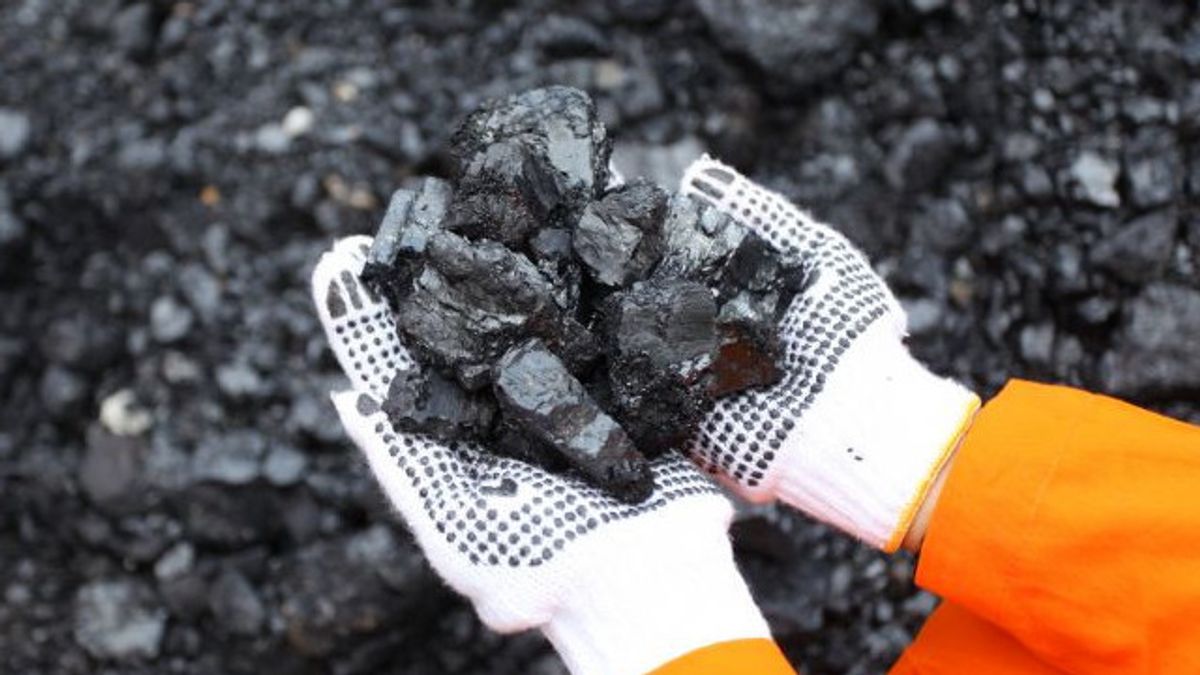JAKARTA - The Ministry of Energy and Mineral Resources (ESDM) set the Reference Coal Price (HBA) in January 2023 at US$305.21 per ton or rose 23.73 per ton from last December 2022 which was set at 281.48 per ton.
Head of the Communication, Public Information and Cooperation Service (KLIK) Bureau of the Ministry of Energy and Mineral Resources, Agung Pribadi, in his statement said that the increase was triggered by coal distribution disruption in Australia as one of the global coal suppliers.
"The weather could be one of the causes of the increase in HBA. The current surge in Australian coal prices is due to high rainfall which causes coal transportation to be hampered," he said in an official statement quoted on Tuesday, December 3.
Furthermore, Agung explained that coal distribution constraints occurred at loading and unloading ports.
"There are problems at the loading port that trigger the constraints of Australia's coal supply to importing countries, such as Japan and Korea, which also contribute," explained Agung.
In addition, another factor that raised HBA's rise was the increase in the monthly Globalcoal Newcastle Index (GCNC) by 16.23 percent and the Newcastle Export Index (NEX) by 17.88 percent, although the Indexults and Indonesia Coal Index (ICI) decreased by 8.81 percent and 3.25 percent, respectively.
In 2022, HBA touched its highest value in October, where HBA rose to touch the level of US$330.97 per ton. European geopolitical conditions were the result of the Russian - Ukrainian conflict which caused fluctuations in European gas prices to become the main driver factor at the time.
Later, this HBA will be used directly in the sale and purchase of coal commodities (spots) for one month at the Free on Board sales handover point aboard the carrier (FOB Veseel) during January 2023.
Please note, there are two derivative factors that affect the movement of HBA, namely, supply and demand. The supply derivative factors are influenced by season (weather), mining techniques, supplier state policies, to technical supply chains such as trains, barges, and terminal loading.
Meanwhile, demand derivative factors are influenced by declining electricity demand which correlates with industrial conditions, import policies, and competition with other energy commodities, such as LNG, nuclear, and hydro.
The English, Chinese, Japanese, Arabic, and French versions are automatically generated by the AI. So there may still be inaccuracies in translating, please always see Indonesian as our main language. (system supported by DigitalSiber.id)








